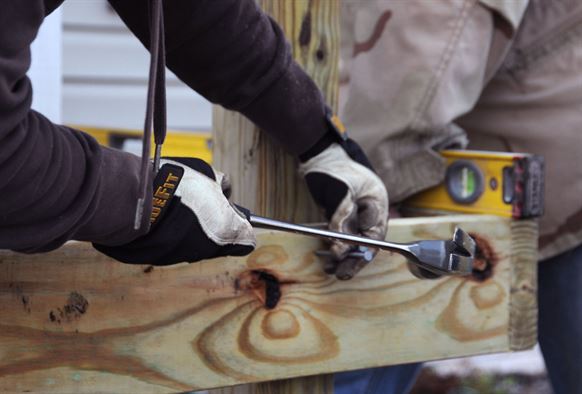3 Homeowner Tax Breaks You May Forget
 If you owned your own home in 2017, you might qualify for some tax breaks. These tax breaks can help you balance the cost of homeownership. Of course, in order to take these tax breaks, you must itemize your deductions. If you take the standard deduction, then these tips will not benefit you. Beginning this year (2018), the standard deduction will be significantly higher due to the Tax Cuts and Jobs Act. This means you will need to determine whether itemizing or taking the standard deduction makes the most sense for you.
If you owned your own home in 2017, you might qualify for some tax breaks. These tax breaks can help you balance the cost of homeownership. Of course, in order to take these tax breaks, you must itemize your deductions. If you take the standard deduction, then these tips will not benefit you. Beginning this year (2018), the standard deduction will be significantly higher due to the Tax Cuts and Jobs Act. This means you will need to determine whether itemizing or taking the standard deduction makes the most sense for you.
Mortgage Points and Interest
Although most homeowners know about deducting mortgage interest, many do not know that they can deduct points paid when purchasing a home. For homes purchased prior to 2018, all points and mortgage interest are deductible. Beginning this year, however, many tax breaks, including this one, have a cap. You will only be able to deduct points and mortgage interest on homes with a mortgage of less than $750,000. Homeowners with existing mortgages over $750,000 will still deduct the entire amount of interest paid.
Property Tax
Most states, cities, and/or counties tax property owned in their jurisdiction. These property taxes are fully deductible prior to 2017. Beginning in 2018, property tax deductions will be capped at $10,000. When purchasing a home in 2018, look carefully at the tax rate of different areas to determine your yearly expenses.
Medical Home Improvements
If you have to renovate your home in order to accommodate medical needs, you can take a medical expense deduction. This includes large improvements, such as a ramp or wheelchair lift, as well as small ones like new doorknobs for arthritic hands or taller toilets that are easier on the hips and knees.
These deductions, however, cannot be taken if the improvement also increased the value of your home. For example, if you add an elevator that increases your home’s value by $50,000 but cost $80,000 to install, you cannot deduct the full cost of the elevator. Instead, you can only deduct the $30,000 that you will not recoup in the value of your home.
Some improvements that tend not to increase the value of your home and, therefore, are fully deductible include:
- Wheelchair ramps
- Widening doorways for wheelchair access
- Widening hallways for wheelchair access
- Installing support bars in bathrooms
- Modifying kitchens to accommodate wheelchairs
- Installing wheelchair lifts
- Modifying staircases
- Installing handrails
- Modifications to doorknobs
- Driveway, sidewalk, and ground grading for easier access
Additionally, you can deduct the expense of maintaining medical renovations. For instance, in the case of the elevator, if you have to inspect it yearly, you may deduct these costs as well.
Even with the new tax bill, you can take these tax breaks if you choose to itemize your taxes. Check with your tax accountant to determine if itemizing or taking the standard deduction makes the most sense for your situation. Be sure to look at all potential tax breaks before making that decision. Give us a call today for a list of tax accountants in the area. We look forward to helping you.